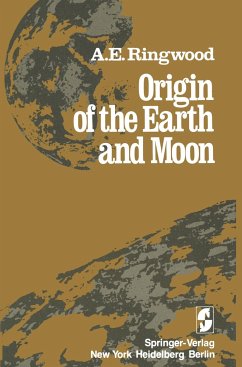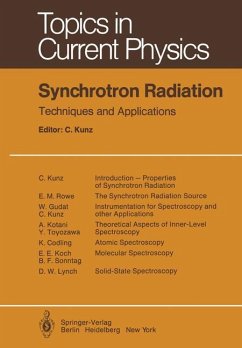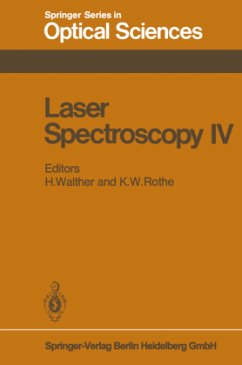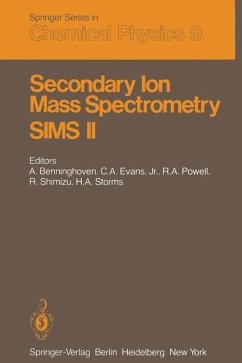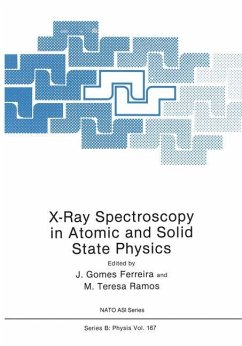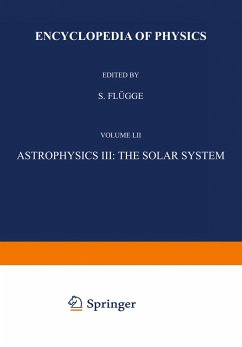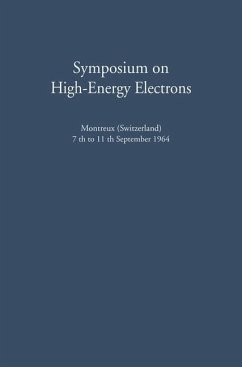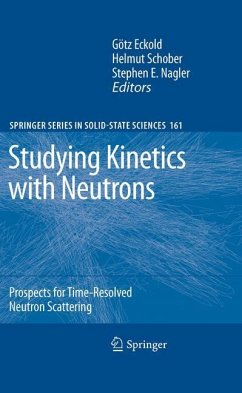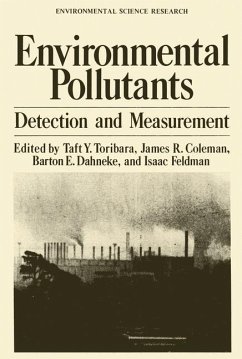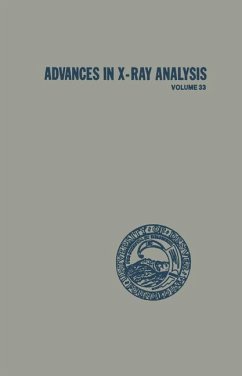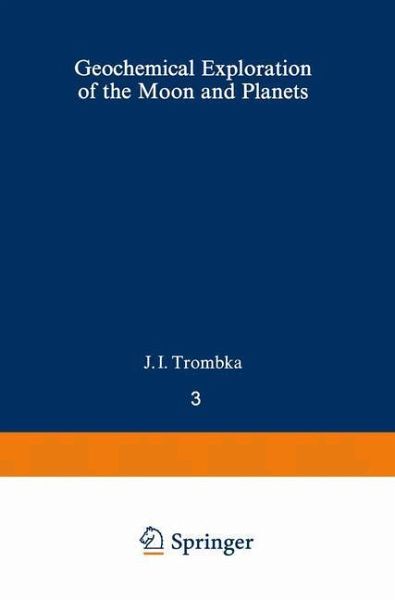
Geochemical Exploration of the Moon and Planets
Versandkostenfrei!
Versandfertig in 1-2 Wochen
77,99 €
inkl. MwSt.

PAYBACK Punkte
39 °P sammeln!
This book presents a review of those efforts that have been and are being made to determine the geochemical composition of the moon and planets. The authors have attempted to present both a review as well as their philosophy about the development of flight experiments for geo chemical studies. Their basic premise is that such flight experiments should emphasize the scientific objectives and a total systems approach to meeting these objectives, involving the analytical device, data handling and data interpretation. While the above seems reasonably obvious, many proposals of experiments often te...
This book presents a review of those efforts that have been and are being made to determine the geochemical composition of the moon and planets. The authors have attempted to present both a review as well as their philosophy about the development of flight experiments for geo chemical studies. Their basic premise is that such flight experiments should emphasize the scientific objectives and a total systems approach to meeting these objectives, involving the analytical device, data handling and data interpretation. While the above seems reasonably obvious, many proposals of experiments often tend to begin with an instrument with too little concern about the constraints imposed and whether the data that can be obtained are sufficiently useful to meet the scientific objectives. This book covers the accomplishments in space science exploration, bearing on the history and composition ofthe solar system. 'It also covers the rationale behind the lunar and planetary exploration program. The latter part of the book is concerned with future plans for lunar and planetary exploration instrumentation and techniques in various stages of development. There is an exposition of the methods of remote analysis of the moon and planets, including some concepts developed by the authors as a result of their long term involvement with the space program, from its early inception to the present day preparation for remote geochemical analysis in the Apollo, Mariner and Viking missions.





